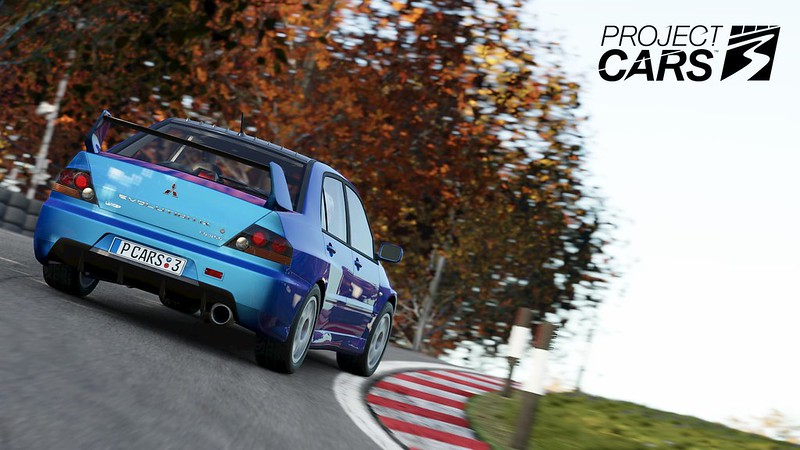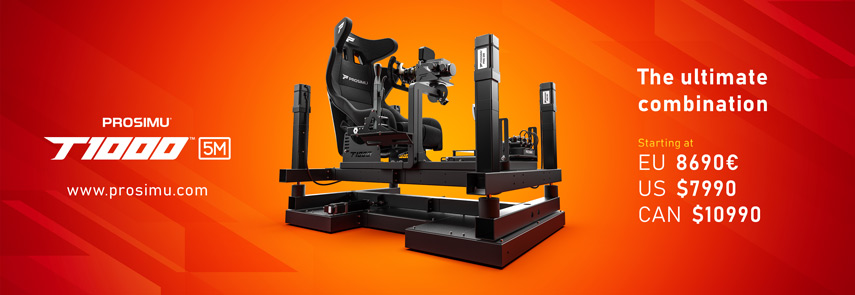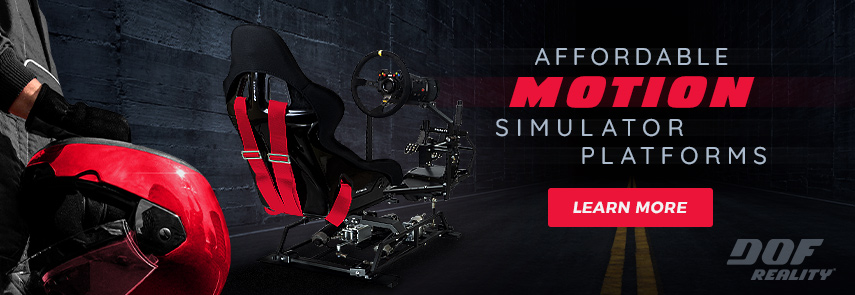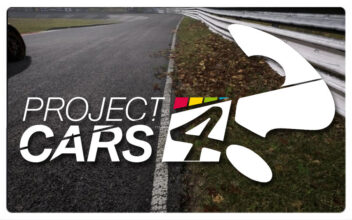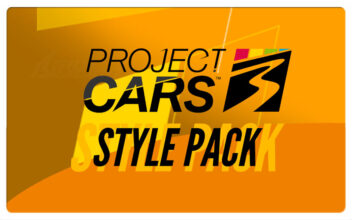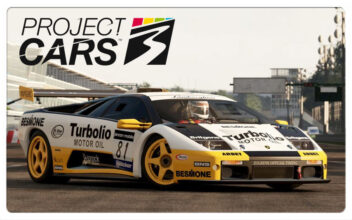
Project CARS 3 Developer Blog 5 – Handling Upgrades
To better communicate their insights and reasoning behind certain Project CARS 3 development choices, Developer Slightly Mad Studios and publisher Bandai Namco initiated a new Project CARS 3 Developer Blog series in which staff members discuss certain aspects of the recently released racing title.
In Episode 5, Casey Ringley, Vehicle Technical Art, and Handling gives us an inside look at Handling Upgrades in Project CARS 3.
Handling part upgrades in Project CARS 3 aren’t “fudged”, they work directly with this physics engine, and that results in some interesting choices when it comes to your upgrade path. Adding an aero’ upgrade will benefit your handling, for example, but the extra drag is going to cut your top-end speed. As with the power upgrades we covered last week, there’s a balance to be found.
The digital PC download version of Project CARS 3 is available via the Steam platform for 59,99€. The CARS 3 Deluxe Edition is available for 89,99€. The Project CARS 3 season pass, including the Ignition Pack, has a price of €34,99.
In case you missed the previous Blog episodes:
- Episode 1 – Design and Physics
- Episode 2 – Handling
- Episode 3 – Car Upgrades
- Episode 4 – Power Upgrades
Tyre Upgrades
Your tyres (if you’re doing it right!) are the only part of your car that will ever touch the track, and that means all handling upgrades will ultimately affect this one key component of every car.
Upgrading from the harder default-spec’ Sports tyres to Track tyres (with a medium compound) and finally to full-blown soft compound Race tyres with affect both your grip and, with less rolling resistance, your top speed and acceleration as well. The softer the compound, the better the grip.
Moving to softer compounds for increased grip will also install wider tyres where beneficial. The wider contact patch not only increases grip but also changes the slip curve to feel sharper and more agile at the expense of quicker breakaway when driving over the limit.
Brake Upgrades
One of the first upgrades many drivers and tuning shops will consider when upping the performance of any car is the brakes. It won’t make you any faster on a straight line, and it may not even help you get more grip through a turn, but braking stability is paramount driver confidence and performance.
Sports brakes will give you the cutting edge when you stomp on the middle pedal while Track and Racing brakes will give you, even more, stopping power with the added benefit of being able to adjust brake pressures, brake balance, and bias.
Suspension Upgrades: Road Cars
Your suspension is how you can make the tyres work more efficiently out on-track and that’s key to handling performance. With a Sports Suspension, you can get the ride-height lowered—which will improve handling—while also getting some camber thrown in to aid with both turn-in aggression and apex-hugging performance.
Add a full Track Suspension upgrade and you get to tune your ride-height the way you want as well as adding anti-roll bar rates, dampers, ride heights, camber, and toe angles—essential to managing the way your car reacts under brakes, in turns, and when you load up the throttle. The suspension upgrade is a vital element for race-winning performance.
Suspension Upgrades: GT Cars
Certain GT cars—especially those in the GT B and GT C classes—use suspension tuning as a balance of performance measure (restricting ride height, camber angles, etc.). The first stage of suspension upgrade for them removes these BoP restrictions, allowing the cars to run much lower ride-heights.
This not only improves handling agility but also can have significant gains to the car’s aerodynamics; a lower car has less drag and more downforce as the underbody becomes more effective. The top-level suspension upgrade for GT cars, like in road car classes, enables tuning of all aspects of the suspension.
Aero Upgrades
Leaning-up the bodywork for road cars will also add mild amounts of downforce. On GT cars, they both add downforce and increase the tuning range. Lift: Drag efficiency goes up with these upgrades, but just remember, they don’t come for free, and the cars will see some additional aero drag to pay for the downforce gains.
Weight Reduction Upgrade
Less mass to move around is a universal positive to car performance. Colin Chapman’s mantra remains the backbone of your upgrade path: “Simplify—then add lightness.” Reducing the weight of your car has plenty of benefits: faster top speed, better acceleration, and better handling.
With a Sports and Track reduction, you’ll see significant weight loss. Add a Racing reduction and you’ll strip weight and add the benefit of being able to alter your weight bias, useful to find that ideal weight distribution. Upgrading your car’s bodywork in race cars can also result in better aerodynamics, which will give you top-speed gains as well by giving you the ability to adjust your splitter rear-and-front as well as an aero’ package.
Differential Upgrade
A diff’ makes a big difference to the handling capabilities of your car, even in factory spec’. Upgrading will give a big boost to your cornering capabilities. The diff’ works by allowing the outside wheel, while in a bend, to turn faster than the inner wheel, thereby increasing grip and stability.
Upgrade to a Race Spec C, or B to obtain both Preload and Power Ramp tuning, while the Race Spec-A will add Coast Ramp as well for the kind of deep-dive setup tuning that will give you a big advantage out on-track. This can be really useful in fine-tuning the car to a driver’s personal style.
Official Webpage – www.projectcarsgame.com |
 Bsimracing Sim Racing Resources and News for the racing enthousiast.
Bsimracing Sim Racing Resources and News for the racing enthousiast.

